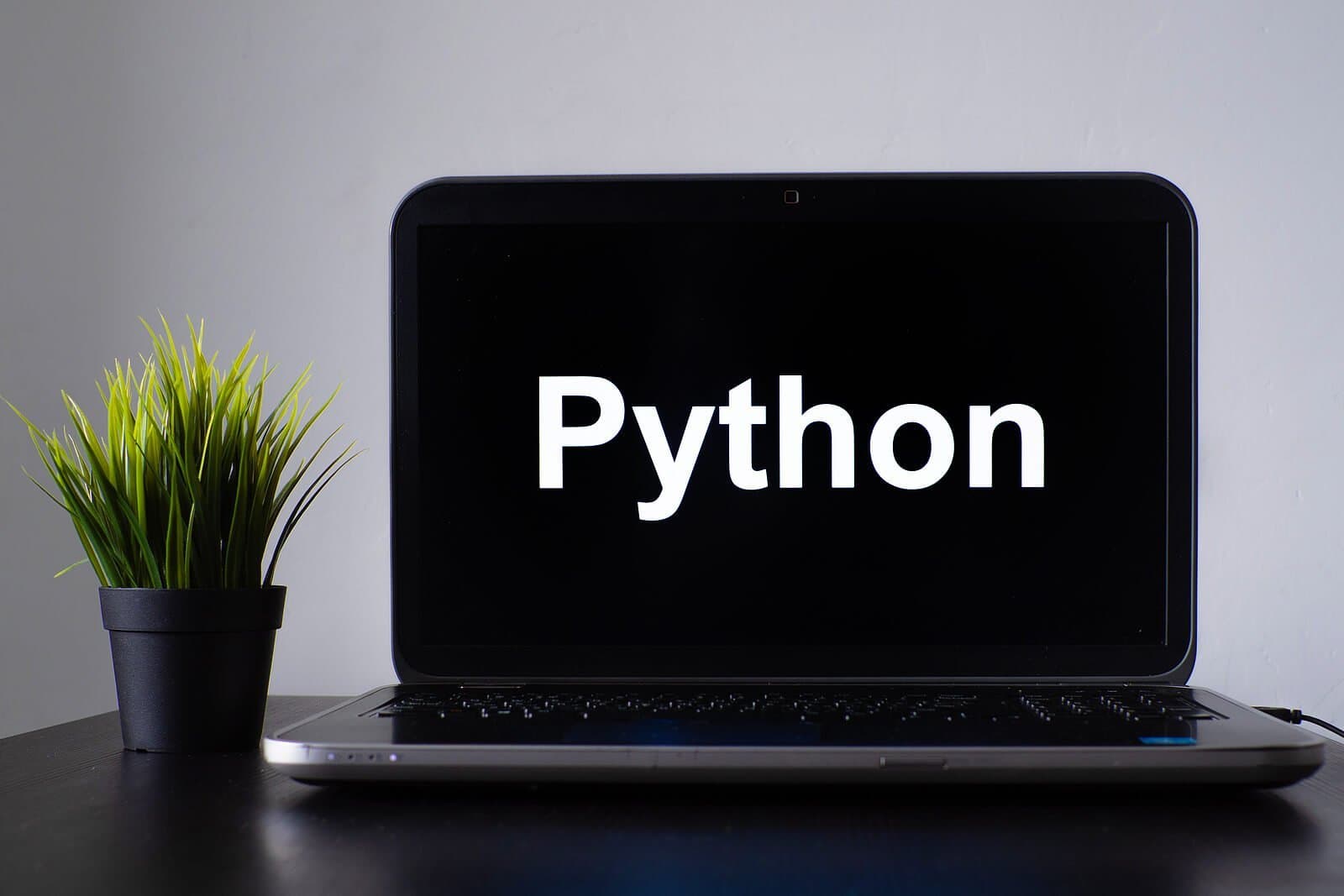Overview
Python is a high-level and open source programming language used for general-purpose programming. In the world of data science, Python is a popular choice for data scientists because of its ease of use and large community support. In global data science surveys, it has consistently been ranked first, and its popularity is only expanding.
Although there are numerous libraries available in Python, this article aims to introduce you to the most commonly used Python libraries for data science and give you a jump start into the world of data science, Machine Learning and Artificial Intelligence (AI).
What is Python for data science?
Python is a perfect programming language for data science. It’s widely used, easy to learn, and has a ton of libraries and resources available to help you get started as a data scientist. If you’re new to Python or data science in general, check out the Learnbay data science course, where we cover the basics of Python and introduce you to some of the notable Python libraries for data science and machine learning.
With so many Python libraries out there, it can be hard to know where to start when it comes to tackling a new project. It’s easy to feel overwhelmed by the sheer amount of libraries out there. However, we find that Python has some of the best libraries in just about every domain since it allows you to quickly build prototypes without feeling weighted down by the language itself.
What makes Python a desirable language for data scientists?
- Python is a beginner-level programming language due to its simplicity and ease of use.
- Compared to C, Java, and C++, Python’s programming syntax is simple to learn and of a high level.
- Python has a vast collection of libraries.
- Another reason for Python’s enormous popularity is its adaptability.
5 Best Python Libraries for data science:
- Numpy: Numerical mathematics for Python
- Pandas: Powerful data analysis in Python
- Scikit-learn: Machine learning in Python
- SciPy: Scientific tools for Python
- Matplotlib: plotting library for Python
Let’s take a look at each of these libraries in-depth:
NumPy
NumPy is a numerical processing library that supports arrays and matrices with integers, floating-point, complex numbers, and strings. It also includes functions for statistical operations, such as integration and interpolation. It supports array math operations and vectorization. This substantially improves performance and accelerates execution time accordingly. NumPy can also be used as an alternative to Matlab if you don’t have a license or prefer Python over Matlab.
Pandas
Pandas is a popular data analysis library that offers fast, flexible, and expressive data structures designed to make working with structured or semi-structured data easy and intuitive. Pandas is built on top of NumPy to provide users with the tools they need to do data munging, transformation, aggregation, visualization, analysis, and modeling in one place. It’s used for everything from basic numerical operations to time series analysis, so it’s a great tool for every data scientist to have in their toolkit.
SciPy
SciPy (Scientific Python) provides high-level mathematical functions for data scientists and engineers (like statistics). SciPy extends the NumPy array object and is part of a stack that includes tools such as Matplotlib, Pandas, SymPy, and others. SciPy can also be used for image processing tasks like linear filtering and interpolation. It is equivalent to MATLAB, which is a paid tool.
Scikit-learn
Scikit-learn is the most useful python library and is considered a cornerstone for machine learning with Python. It provides machine learning algorithms and tools for data mining applications. It includes classification, regression, clustering, and model selection algorithms. It also serves as utilities for preprocessing data such as normalization or imputation of missing values. Scikit mainly focuses on data modeling rather than data manipulation.
Matplotlib:
Matplotlib is a valuable tool for data exploration and data visualization. This library is the foundation for all other libraries. Matplotlib provides an infinite number of charts and customizations, from histograms to scatterplots. It offers a variety of colors, themes, palettes, and other choices to create and personalize our plots.
Whether you’re working on a machine learning project or putting together a report for stakeholders, Matplotlib is the go-to library.
Summary:
All in all, Python’s flexibility and versatility make it a top choice for data scientists. From data wrangling and cleaning to machine learning and building a dashboard, Python has all the tools you need in one package. Although there are many Python libraries in the data science community, this is a good resource for anyone getting started. Data is everywhere, and knowing Python makes many data-related tasks significantly easier. If you are a beginner and want to get into data science with Python, I recommend starting with Pandas and Numpy as your primary tools. After that, you can explore other libraries and plot and visualize your data!
If you want to become a savvy data scientist and understand the Python libraries in your tool belt, take up an IBM certified data science course in Delhi to learn more about how these libraries are used in the real world.





